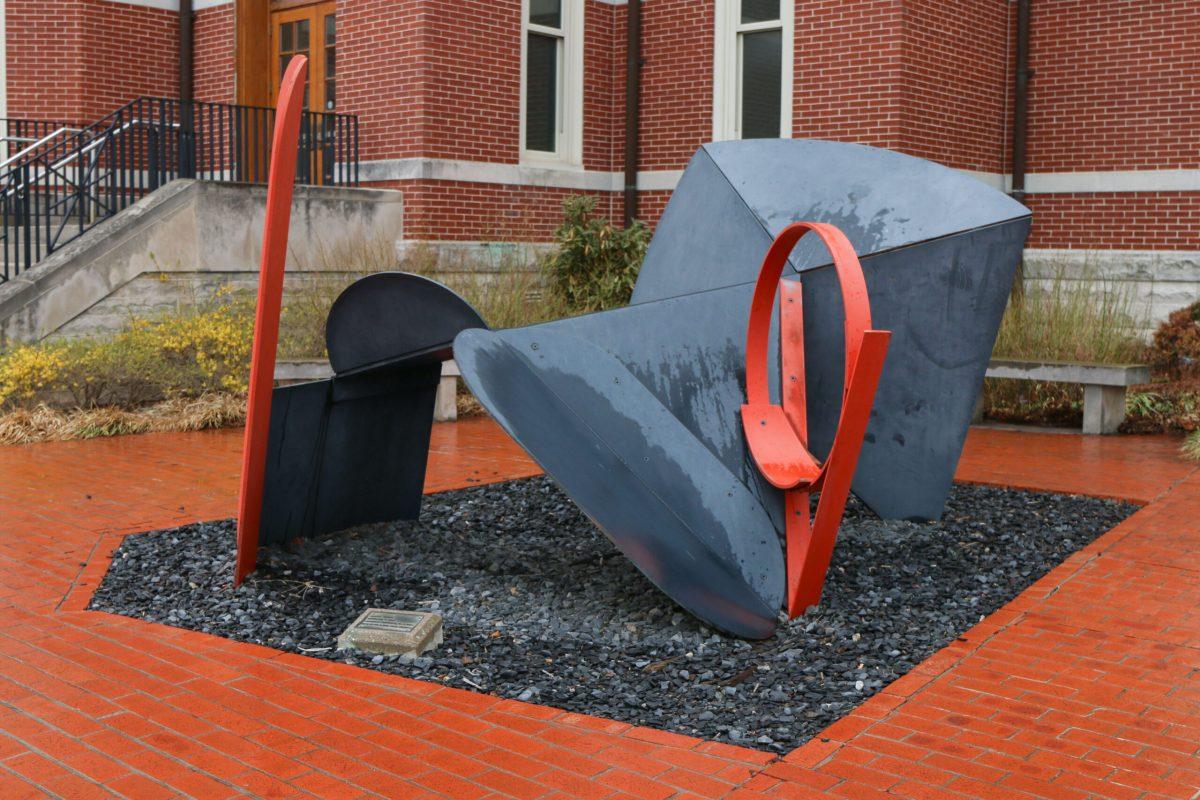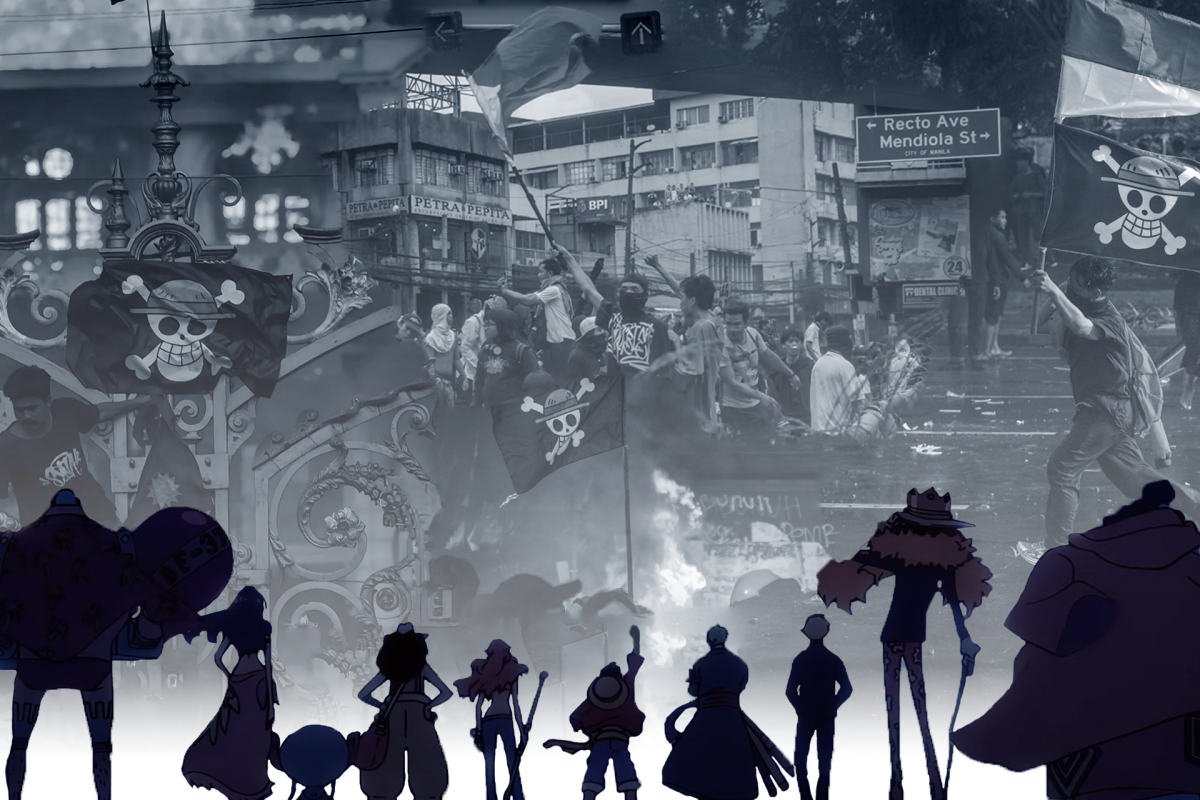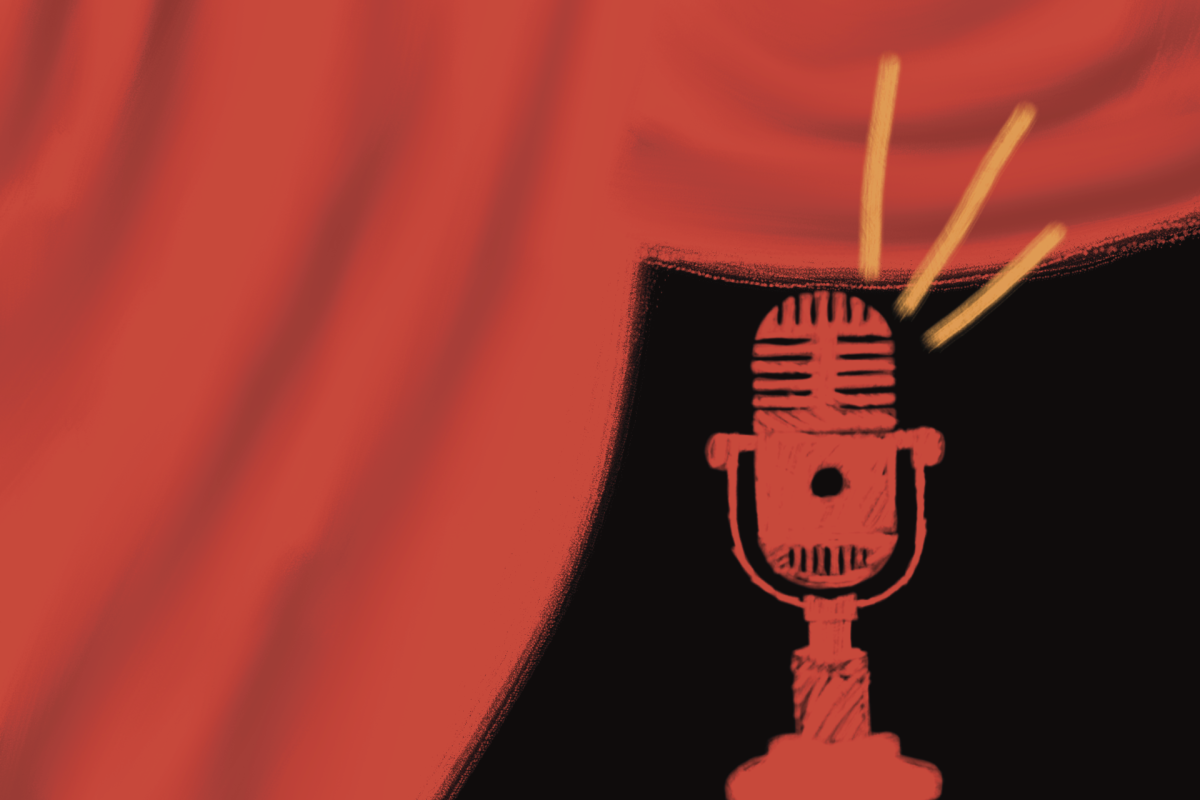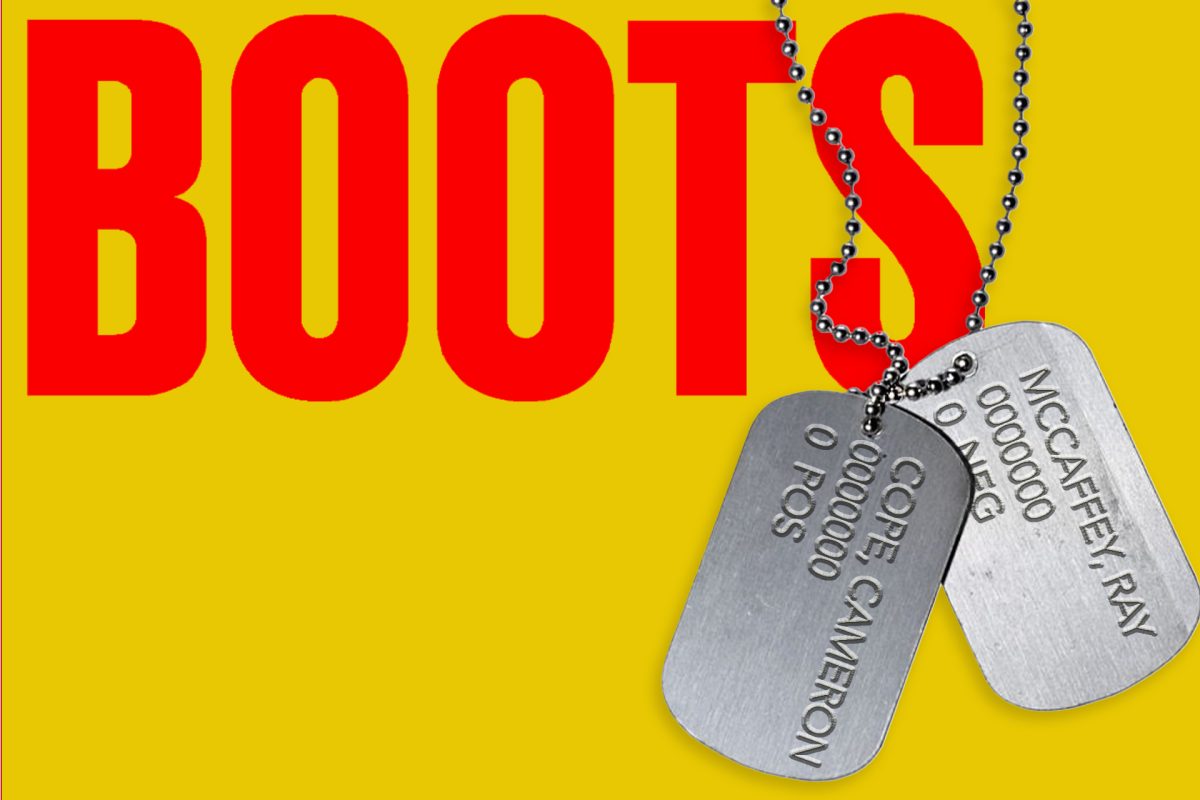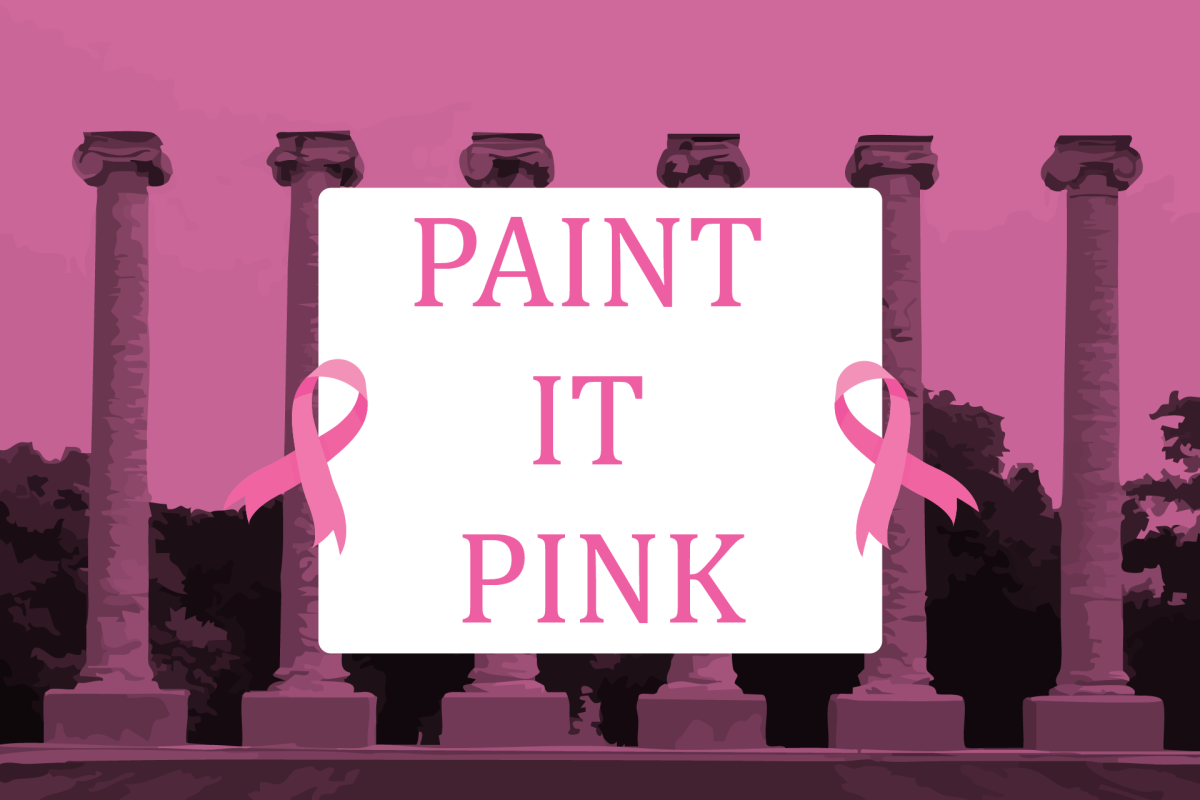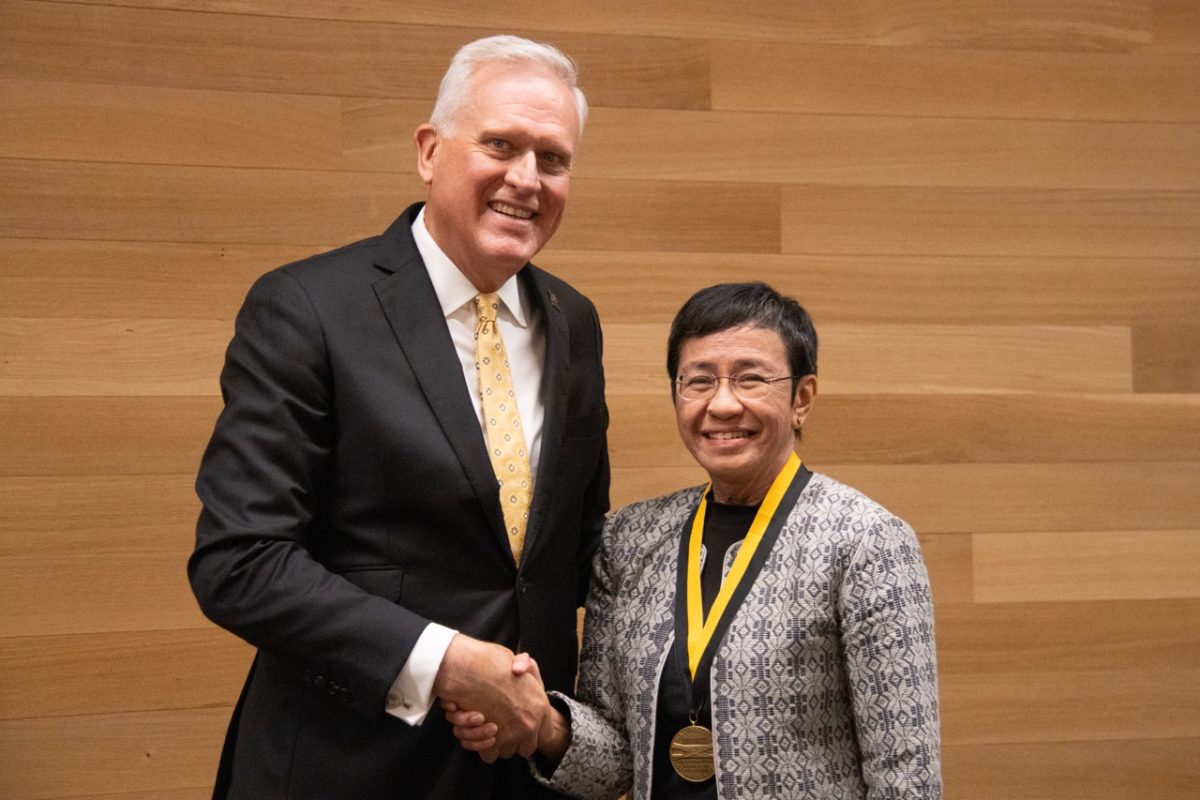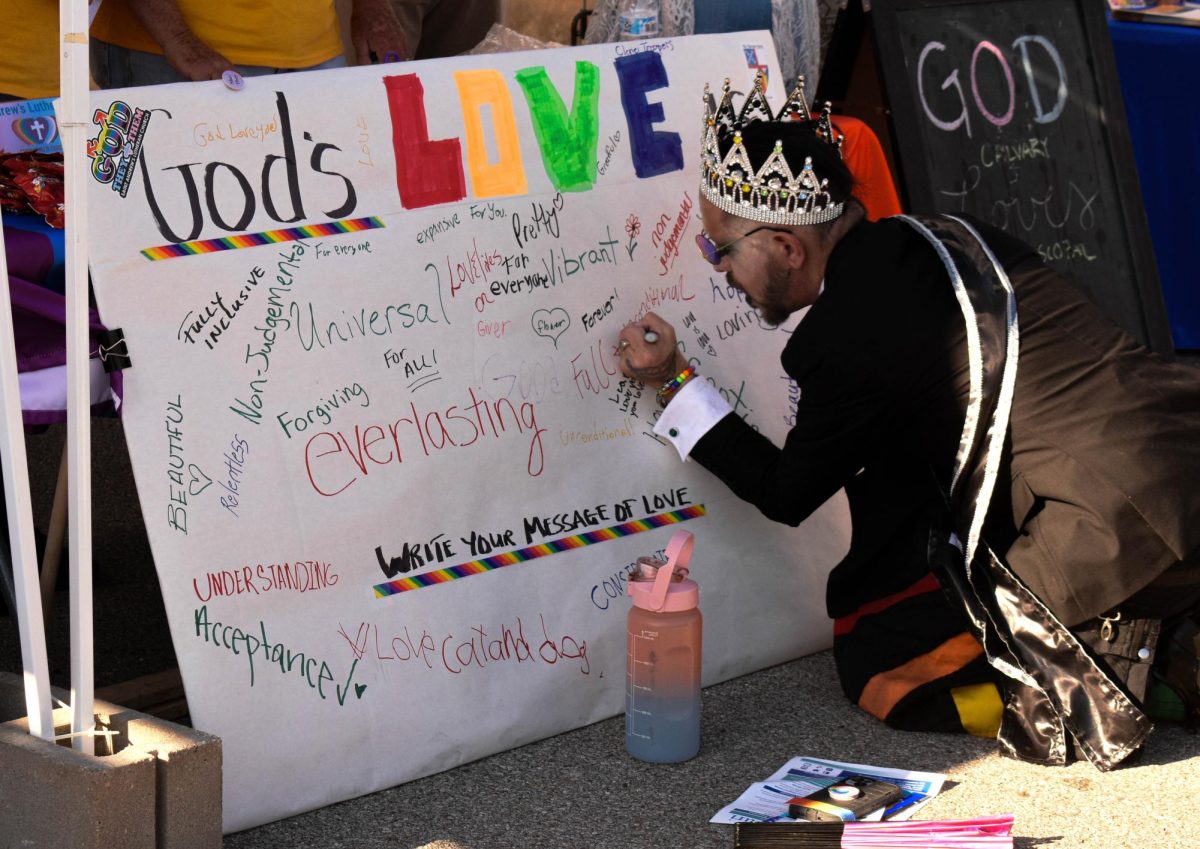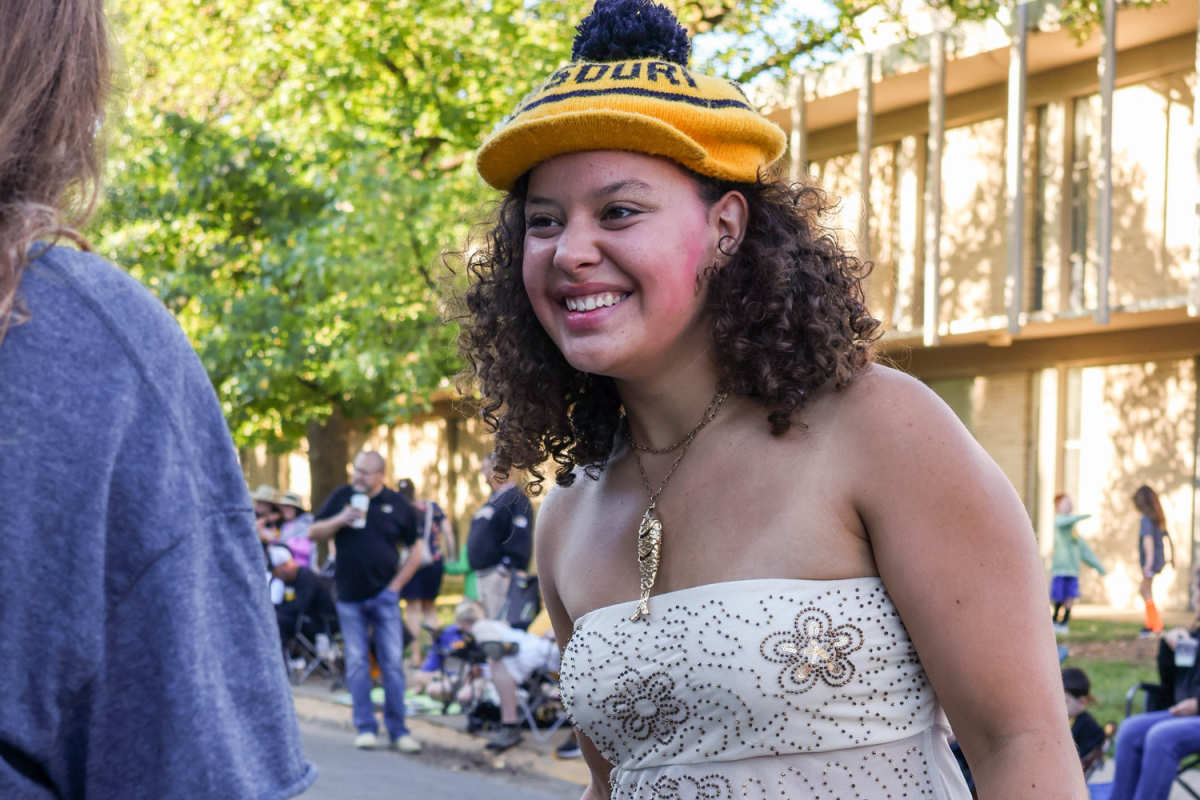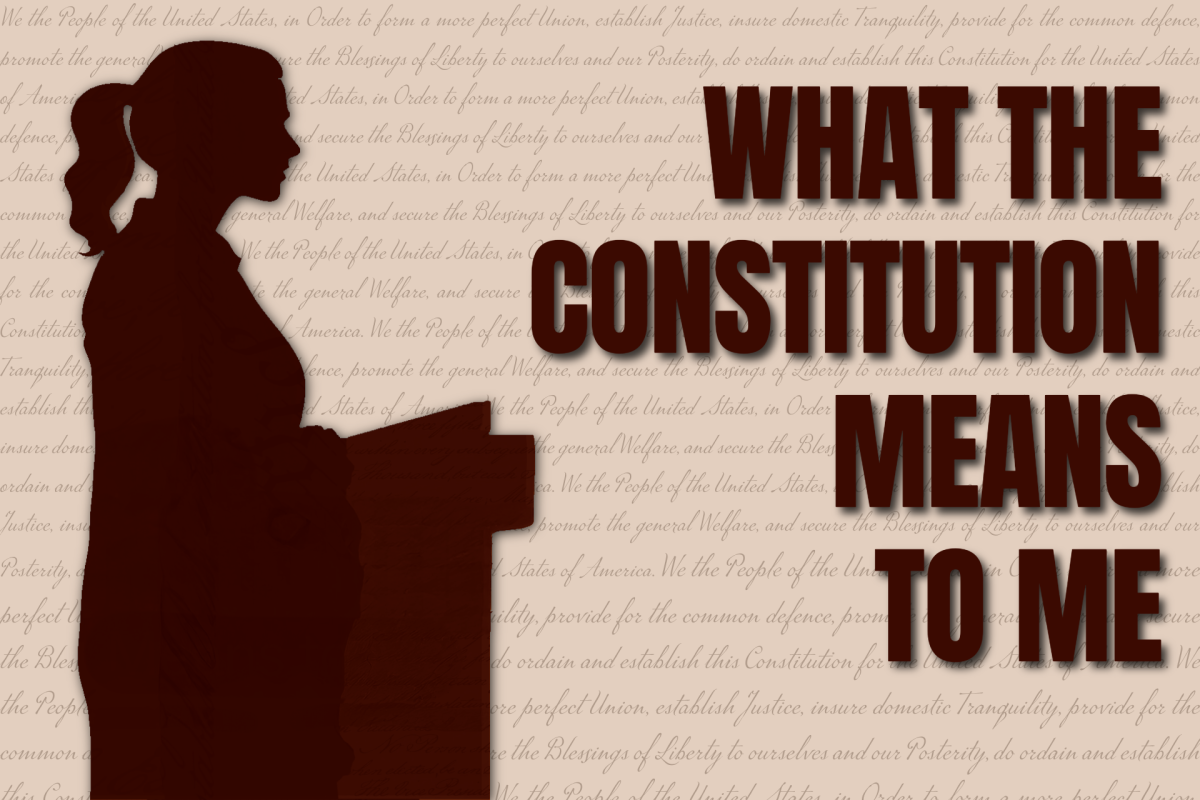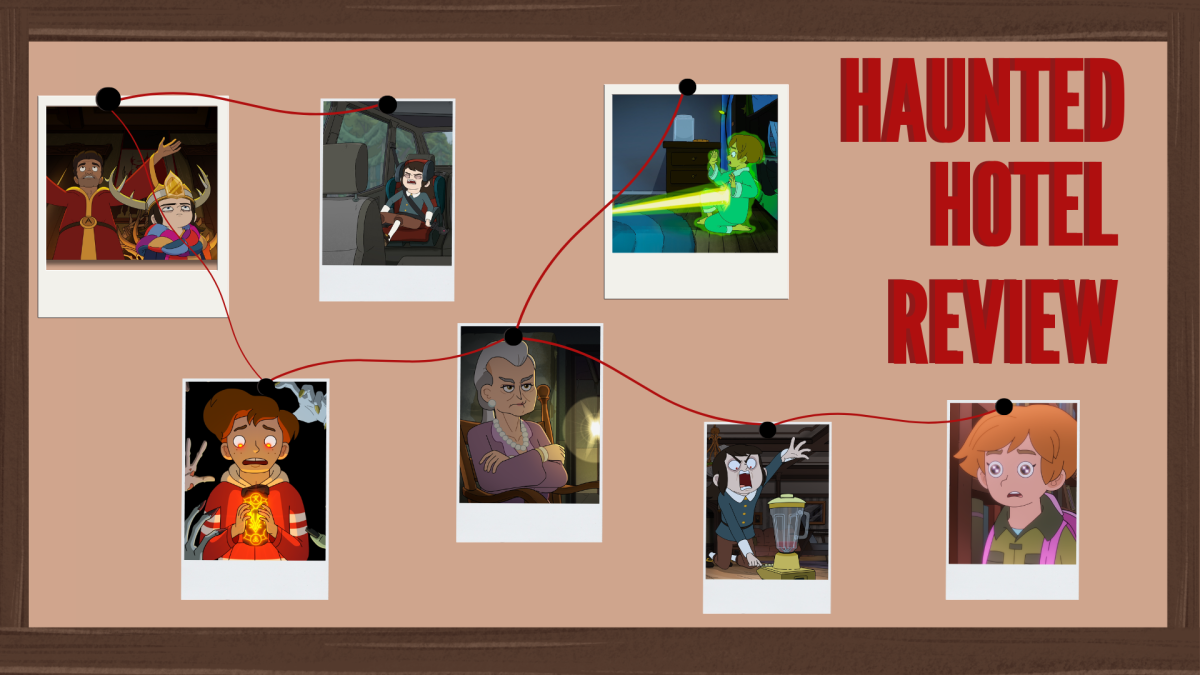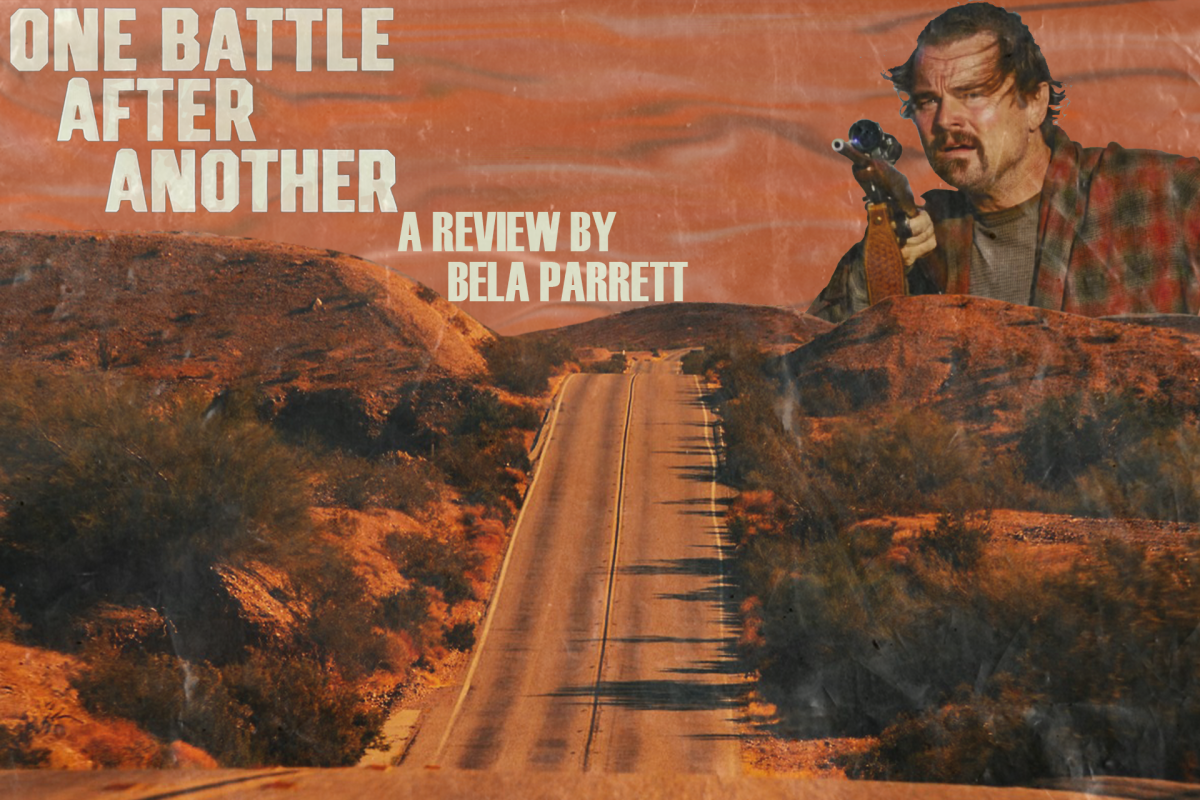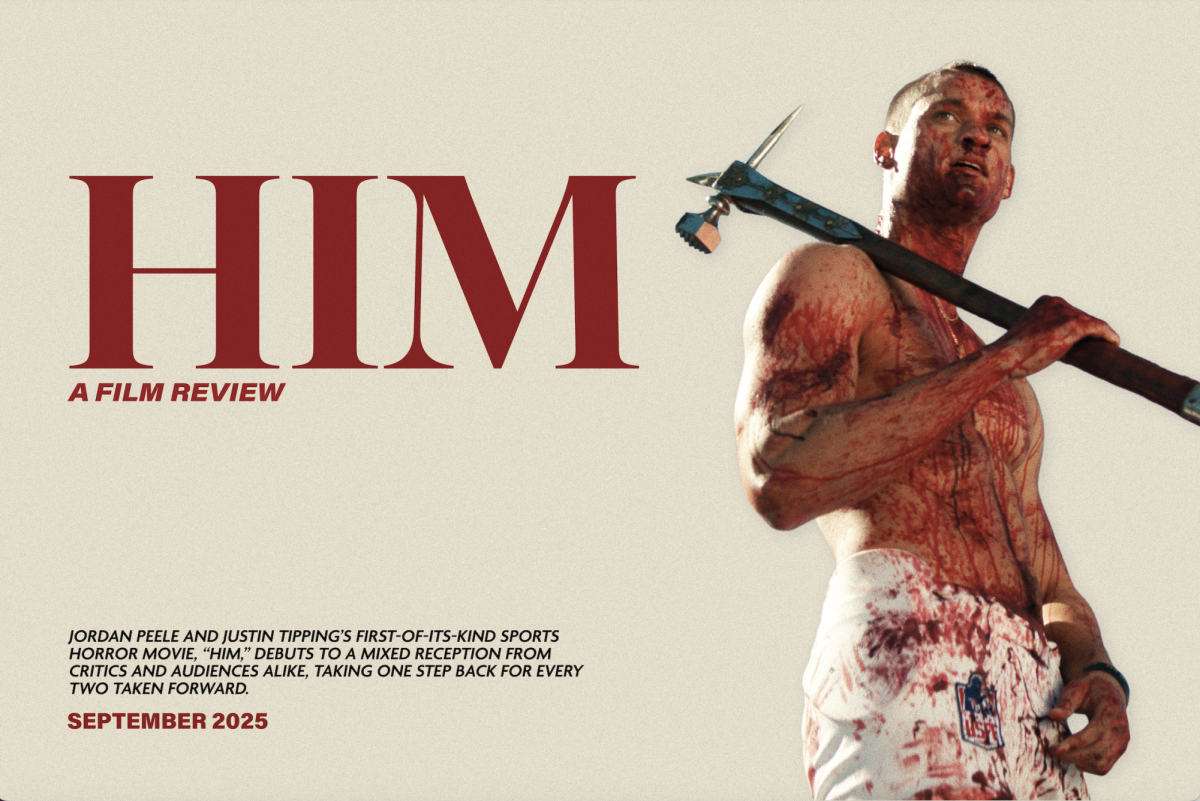The small sculpture patio north of the Fine Arts Building, which calls little attention to itself, is an entry point into an extensive ecosystem of art at MU.
A small sculpture patio sits north of the MU Fine Arts Building, sheltered behind a row of sweetgum trees and raised up on a mossy concrete platform. The patio directly abuts the 3D workshop spaces where students are producing new pieces of art each semester. It contains five unattributed sculptures, each in varying states of decay.
The general state of decay, and the lack of dates or attributions, disguises surprising histories that connect these pieces to the MU campus. The first piece you see upon entering the patio is a sculpture of a band member — mustachioed, horn in hand and staring into the middle distance.
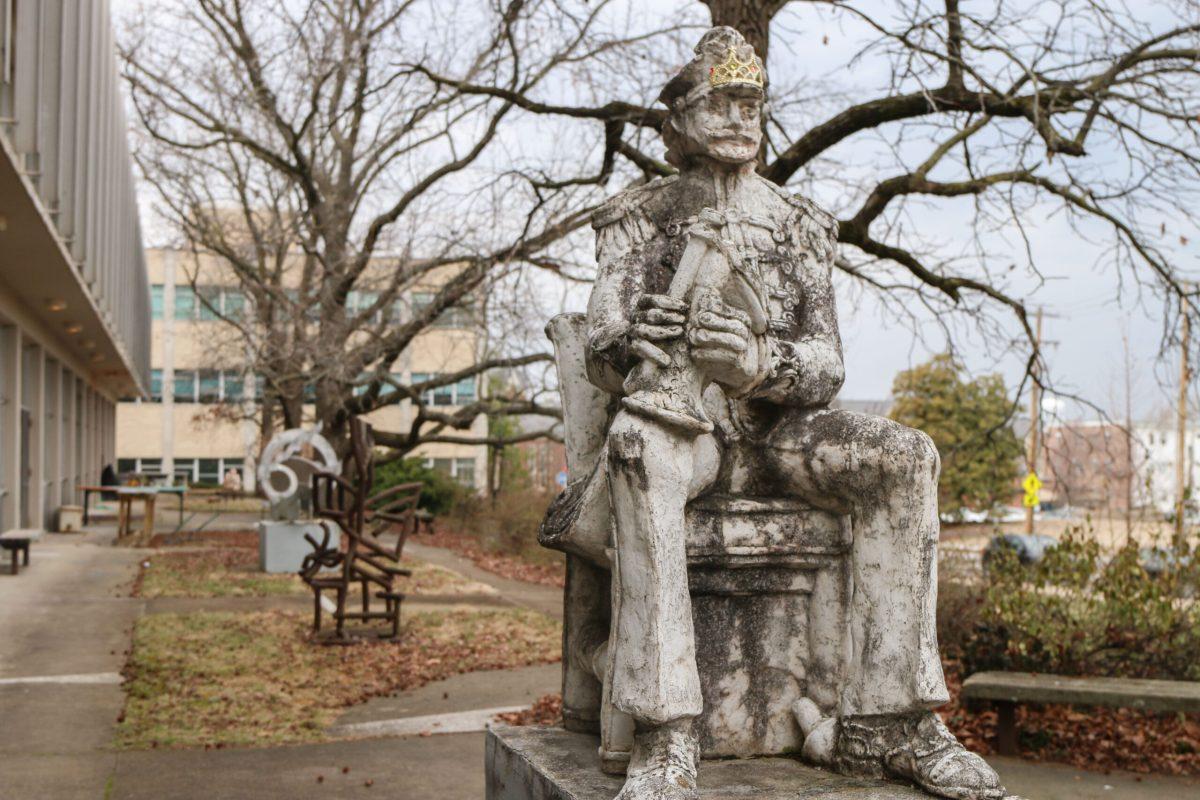
The piece was made by former MU professor Robert Bussabarger in the early 1980s. Bussabarger was a prolific artist whose work was recognized by grants and awards from Missouri to India. He helped expand the Columbia Art League and brought original art pieces to the city hall, the Boone County Hospital and more than a dozen other locations in Columbia.
On the patio of Uprise Bakery — located at 10 Hitt St., just four blocks from the Fine Arts Building — sits a band member just like the one in the sculpture garden. One of these statues faces west, the other east. Mirrored and unmistakably kindred, they are tangible reminders of the relationship between city and campus.
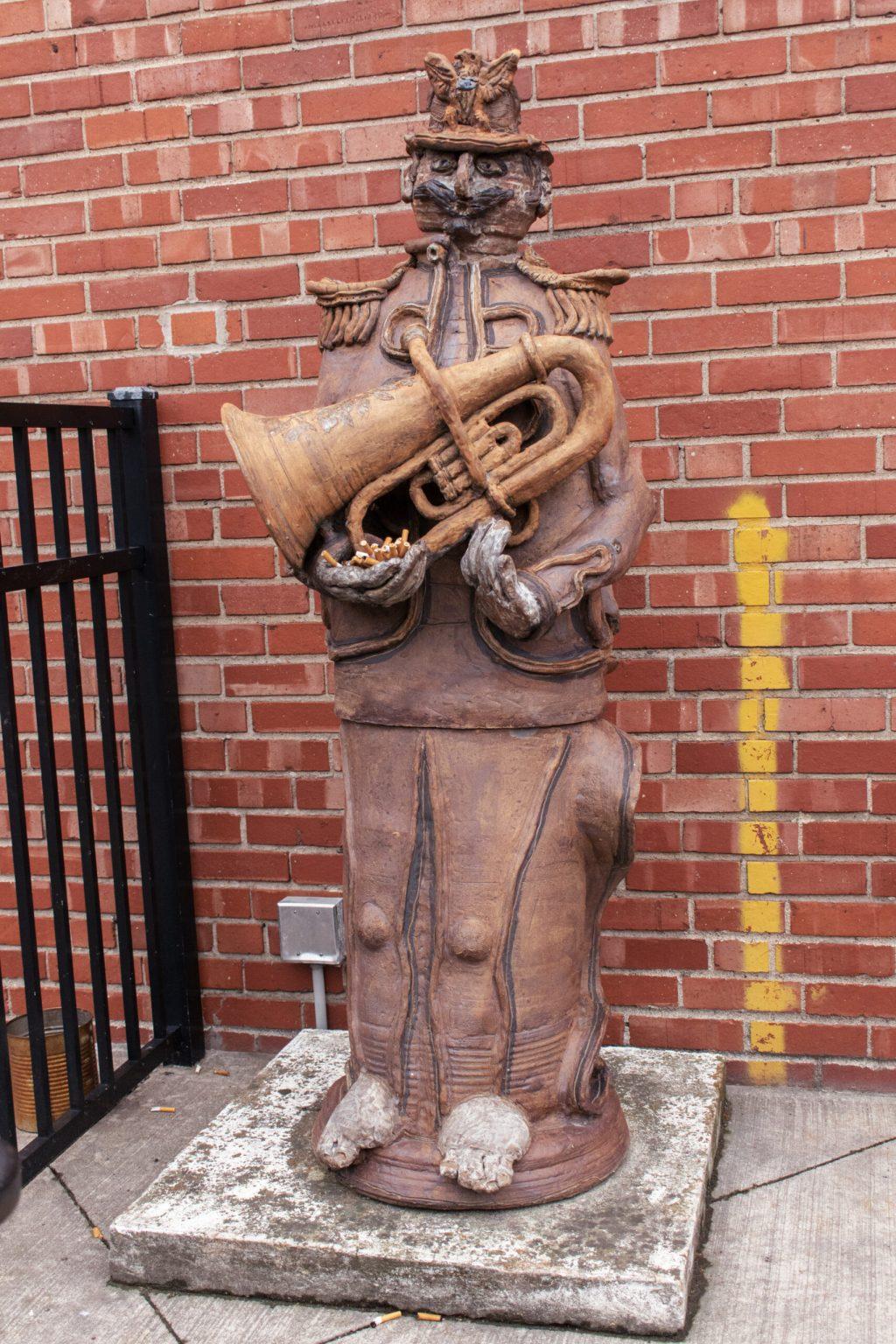
Another piece is one of the sinuous metal forms in the middle of the patio and is the work of Hans Van de Bovenkamp. Bovenkamp was a Dutch artist who was deeply involved in the abstract expressionist scene of mid-20th century New York. His work is part of public art displays in over 100 cities around the world.
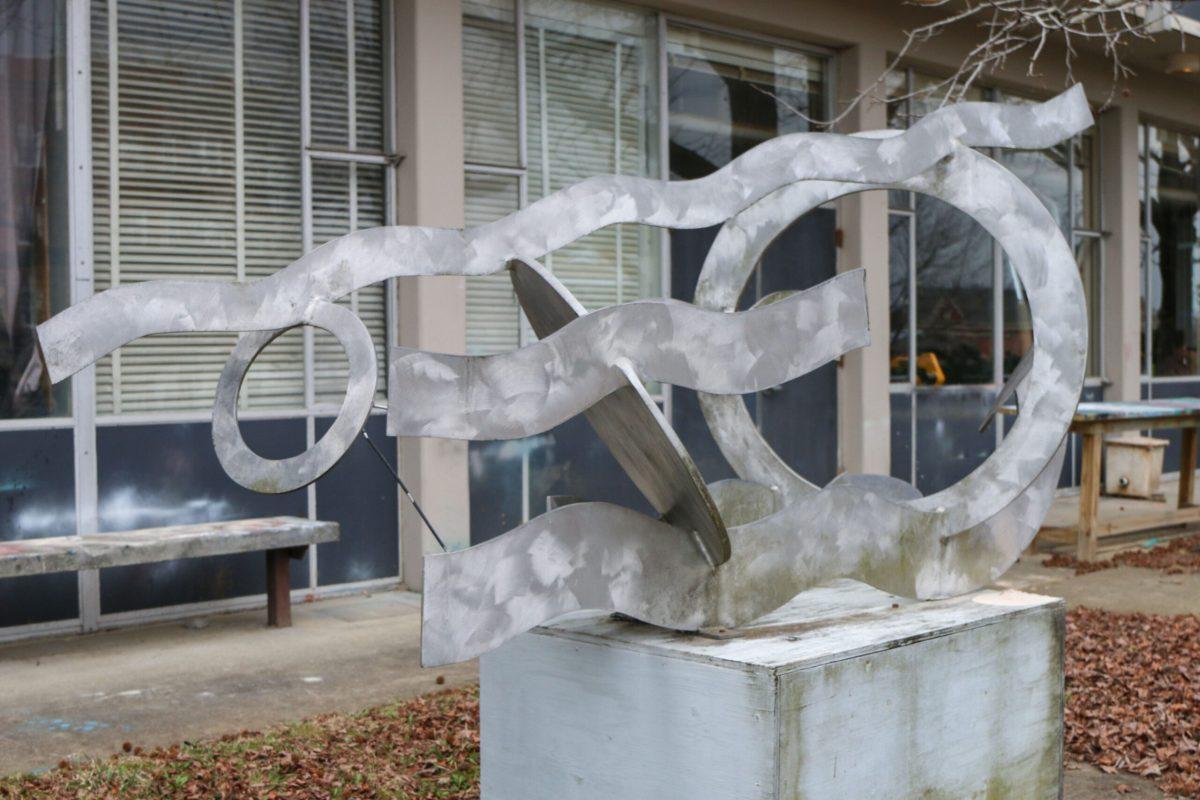
To the side of the patio sits a pile of rusted metal that has long since lost its original form, but even these scraps have a history. Part of a piece by former MU professor Donald Bartlett, they reflect his interest in using innovative materials in his art. In 1986, his students completed one of his unfinished sculptures called “First Born.” It now lies on the east lawn of the Boone County Courthouse.
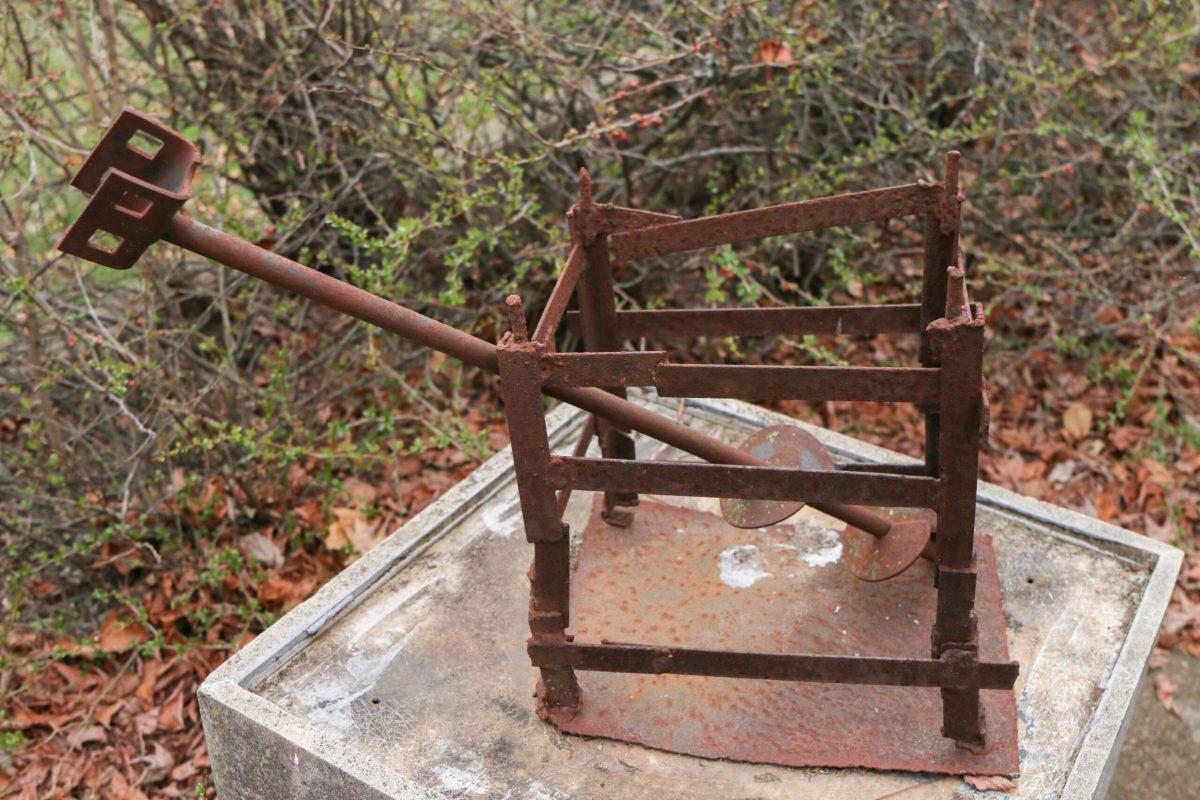
Though the works on the sculpture patio are easy to miss, they are far from the only part of MU’s 3D art ecosystem. Sculptures like the Thomas Jefferson Statue or homage to Beetle Bailey are well recognized, in part because of the promotional roles they play for the university. However, older and more idiosyncratic works can go unrecognized. Abstract Variation, No. 5 by Ernest Trova is one such piece that is easily passed despite sitting directly on the Francis Quadrangle. Trova was an early proponent of expressionism and pop art (he was featured in Time two years before Jackson Pollock), and a correspondent with figures from Andy Warhol to Ezra Pound.

In Peace Park sits another 3D piece, a construction of stone and bushes in the shape of a peace sign. It was built as a memorial to the victims of the shootings at Kent State University and Jackson State College, which catalyzed protests against the war in Vietnam. Thousands of MU students joined those protests, and the monument is a living link to that activist spirit.
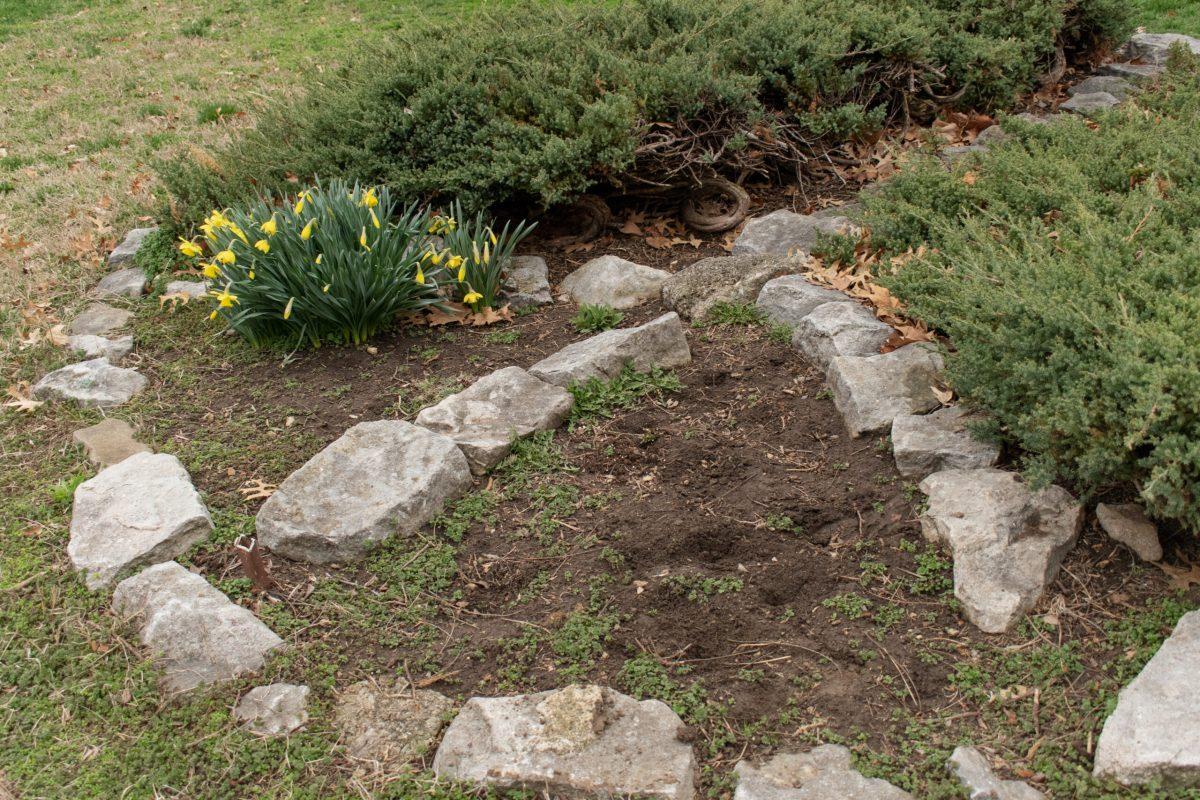
Some of MU’s most prominent sculptures were commissioned a decade later in 1984. Yielding Spire, made by John Brough Miller, sits in its original place on Lowry Mall and has become an unofficial mascot of the Honors College. Two of the other 1984 pieces have since moved location. One, Inert Stabile by Dennis Chegwidden, sits on the lawn outside Ellis Library. The other, Urania by Anthony Padovano, was moved to the south side of the MizzouRec.
Though remarkable works, they also reflect a tension between the university and its artistic community. At the time of their installation the university refused to accept the work of local artists for consideration on the mall, prompting a letter from Bussabarger, Bartlett and other artists represented on the sculpture patio. Both had been rejected from grants previously to install art on campus. The sculpture patio could be seen as a statement to the university about the rights of its artists and an expression of their desire to define their own aesthetic space.

All of these sculptures are reminders of the connection between the campus past and present. They tell a story of persistent creativity at MU. On their own, these sculptures do little to make their case, but they reward any attention given to them. In his final years, Bussabarger wrote about his belief that “art should not propagandize or talk down to viewers” but rather “inspire, uplift and educate.” That project remains worth celebrating.
Edited by Egan Ward | [email protected]
Copy edited by Sterling Sewell and Lauren Courtney
